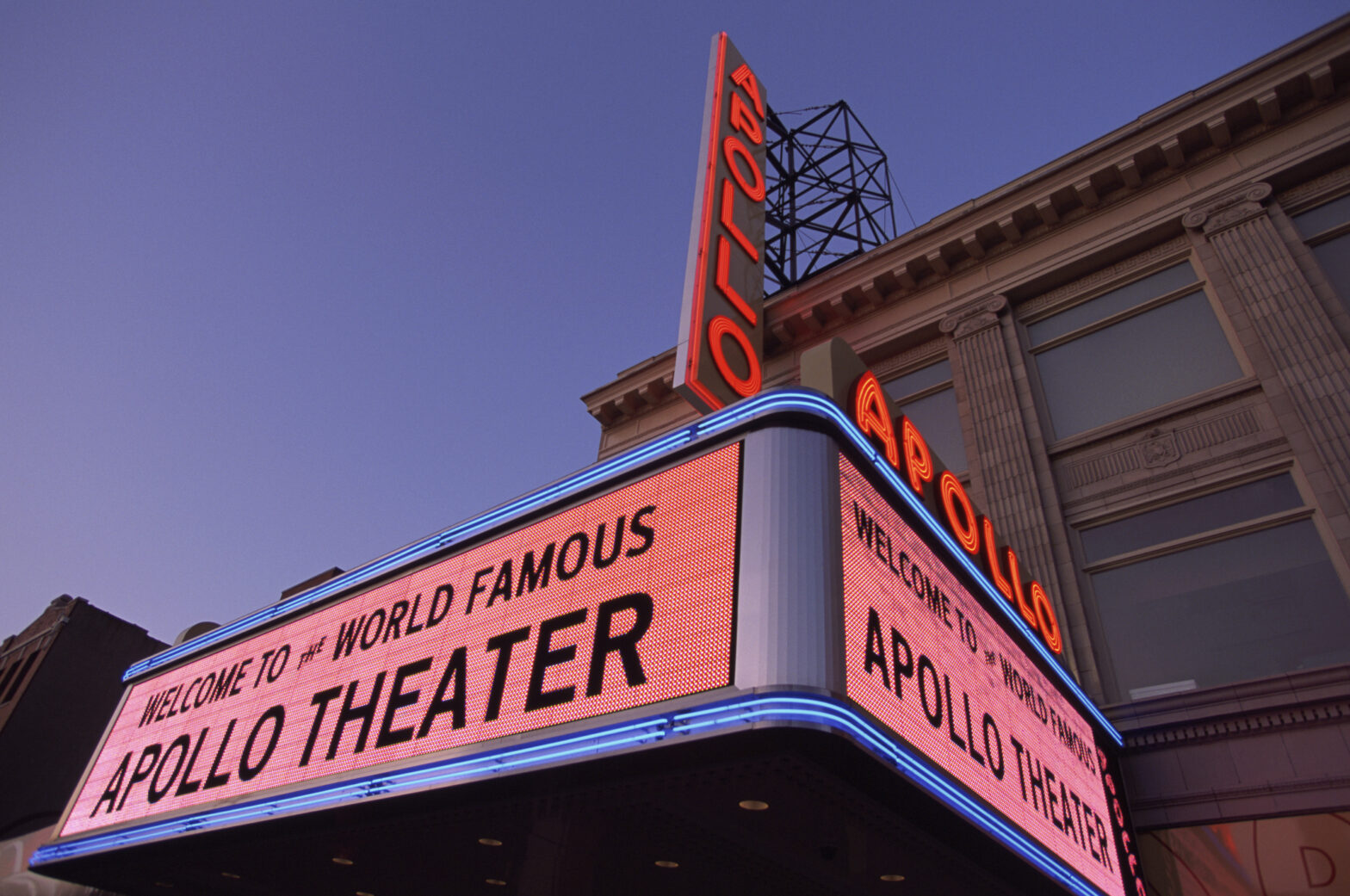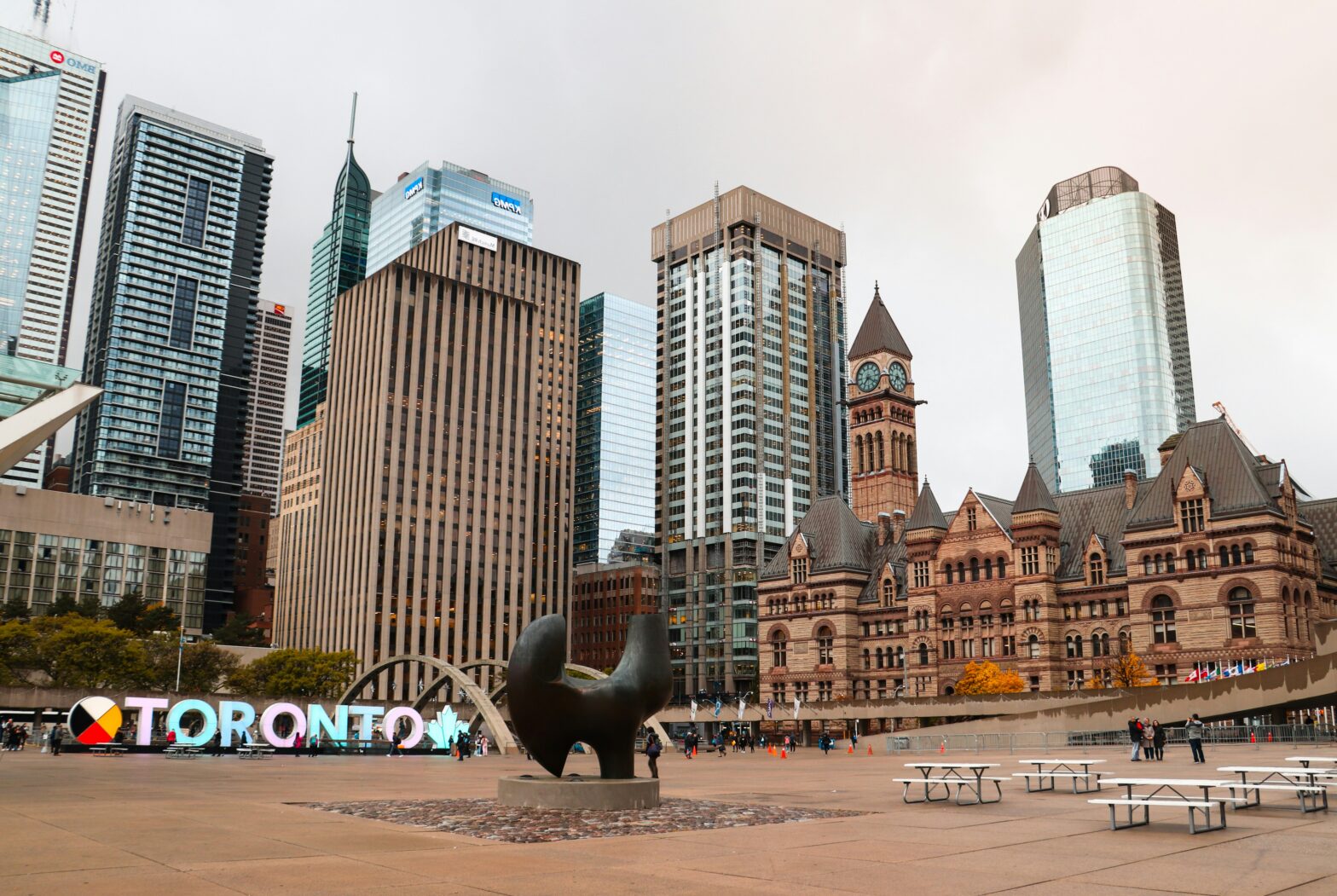The charm of Machu Picchu has been appreciated by many for years, making it a well-known tourist destination in South America. Many know the destination simply by its most popular inhabitant, the llama. The cultural and historic importance of Machu Picchu is lesser known by its visitors but is of critical importance for the city to be fully appreciated.
If you plan to visit Peru, these 31 interesting facts (listed from commonly known to least known) about Machu Picchu may increase the quality of your trip and even encourage you to make a few extra stops along the way.

31. Machu Picchu was Once Believed to Be a City of Just Women
Initial archeological digs at Machu Picchu uncovered roughly 160 skeletons. Because they were all short, experts first believed that the remains all belonged to women. Because of this, the site was first dubbed “Temple of the Virgins of the Sun.” However, later research showed that while the skeletons were short, they were in fact nearly an equal amount of male and female skeletons. This was because ancient Incans were shorter during the time period where Machu Picchu was active.
30. Machu Picchu Has a Hidden Temple
For a place referred to as a “Lost City” (although it was never lost), it does in fact have plenty of secret spots dotted across the site. Specifically, there’s a secret temple known as the Temple of the Moon. However, the only way for visitors to access it is to pay for additional admission to the Huanya Picchu Mountain trail which is only available to a small number of daily visitors between 7:00 and 8:00 AM.
29. A Water System Ahead of Its Time
No matter whether in ancient or modern times, ensuring that there’s access to fresh water is always a priority for any population. Being located so high in the mountains, this was a real concern for the Incas when building Machu Picchu. Not only did Incan engineers need to ensure that they could bring water into the city, but that it could exit safely without encouraging landslides or flooding. Along with 16 fountains to distribute water across the city, they built a roughly 2,749-foot canal with a 3% incline to safely maintain water supply even during the rainy season.
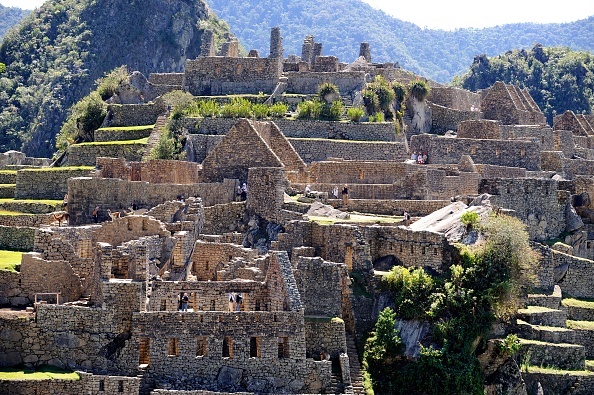
28. More Than Meets the Eye
What can be seen of Machu Picchu is actually just 40% of the site. In truth, experts estimate that roughly 60% of the site is underground. But this doesn’t mean tunnels. Instead it points to a complex drainage system and strong foundations which are a testament to a well-built city that has stood the test of time.
27. An Important City That Wasn’t Finished
Machu Picchu is an impressive historical site, but it was in fact a city that wasn’t finished. It’s not uncommon to see unfinished historical sites across Peru since often stones had to be transported over great distances from quarries that were located far away. While Machu Picchu’s main quarry was nearby, there are signs across the site that there were construction plans that weren’t completed.
26. Hiram Bingham Wasn’t the First to Discover Machu Picchu
To be clear, Machu Picchu was never lost, since there were nearby villages and the locals always knew of its existence. However, many people incorrectly assume that Hiram Bingham, an American explorer and historian, discovered it. This is wrong since Bingham arrived in 1911 only to find a painting that bore the name “Agustin Lizarraga, 1902.” Lizarraga was a farmer from a nearby town, Santa Teresa. Although Bingham isn’t credited as the “discoverer” of Machu Picchu, he is acknowledged for bringing widespread attention to this archeologically important site.
25. Machu Picchu was Once a Film Site
It’s not every day that a film crew is willing to trek so far to get the perfect shot. But the 2010 Bollywood film “Enthiran” filmed a musical number titled “Kilimanjaro” in Machu Picchu. Of course, it took negotiations between respective Indian and Peruvian government parties to secure the proper permits.
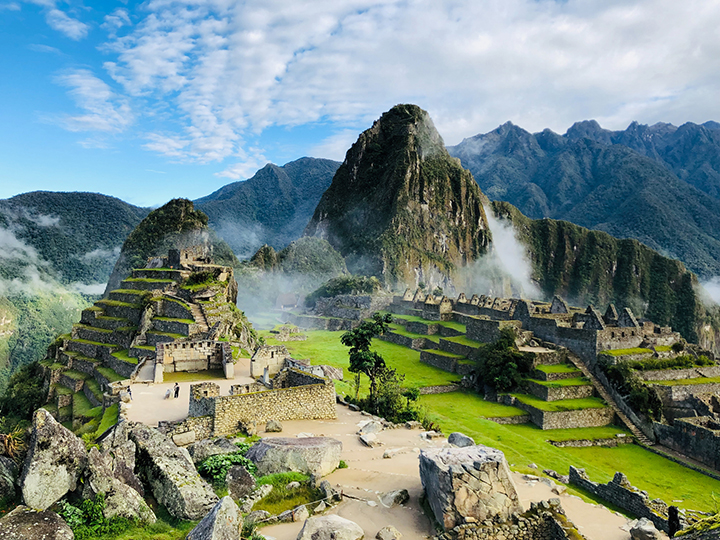
24. Don’t Forget to Get Your Passport Stamped
These days, it’s getting harder to rack up passport stamps as more countries opt for digital immigration solutions. But specifically at Machu Picchu, you can get your passport stamped by the parks department shortly after you enter the park. Just be forewarned that some immigration officers might not look kindly on this since it’s not an official stamp that’s recognized by Peru or the United States.
23. A Unique Ecosystem
Similar to a lot of countries, Peru has diverse ecosystems depending on your location. Machu Picchu is one such locale because it sits exactly where two somewhat opposite climates converge. It’s located on the edge of the Andes mountains, but is also part of the Amazon rainforest. Because of this, the city is said to be in a cloud forest, accented by lush, green vegetation, and subtropical flora and fauna.
22. Machu Picchu Isn’t the Tallest Center in Peru
Machu Piccu sits 7,972 feet above sea level — but it’s not the tallest center in Peru. That title belongs to Cusco, which is located 11,200 feet above sea level. However, this might be small consolation to people suffering from altitude sickness. While most people won’t usually experience altitude sickness until they reach 8,000 feet, it’s impossible to reach Machu Picchu without first stopping in Cusco which is the main starting point for any transportation or tours headed for the archeological site.
21. Machu Picchu is Sturdier Than Many Modern Buildings
Many people are surprised to learn that Peru experiences a lot of seismic activity. And even the Incas knew this. Machu Picchu is actually located near two fault lines. But for all that geological activity, the city is still standing. The Incas took advantage of several architectural techniques like trapezoidal-shaped doors, inward inclining walls, and even bracing blocks to create structures that wouldn’t be impacted by earthquakes.
20. An Astronomical Feat
The Incas were ahead of their time with precise astronomical charts that are still accurate to this day. So it’s not surprising that Machu Picchu served as an astronomical observatory. Specifically, the Intihuatana stone which was sacred to the Incas was expertly placed to sit directly under the sun’s position during the two equinoxes.
19. There Are Actually Two Main Mountains in Machu Picchu
Yes, Machu Picchu is one large archeological site that can take as much as four hours to explore. However, once on the grounds, visitors can opt for hiking excursions at an additional cost. They must choose between two main trail paths that send them to one of the two mountains on the site. And it’s important to choose wisely since both trails can take anywhere from two and a half to three hours to complete — taking up most of the four-hour time slot allotted for ticket holders.
The Machu Picchu trail is a medium-difficulty 1.24-mile long path that is accessible to 800 daily visitors between 7:00 and 8:00 AM, and takes 3 hours to climb with a maximum altitude of 10,112 feet above sea level. More savvy hikers can scale Huayna Picchu. Although it’s only 8,835 feet above sea level, this 1.24-mile long trail is more challenging, only allows 400 visitors per day between 7:00 and 10:00 AM, and takes 2.5 hours to complete.
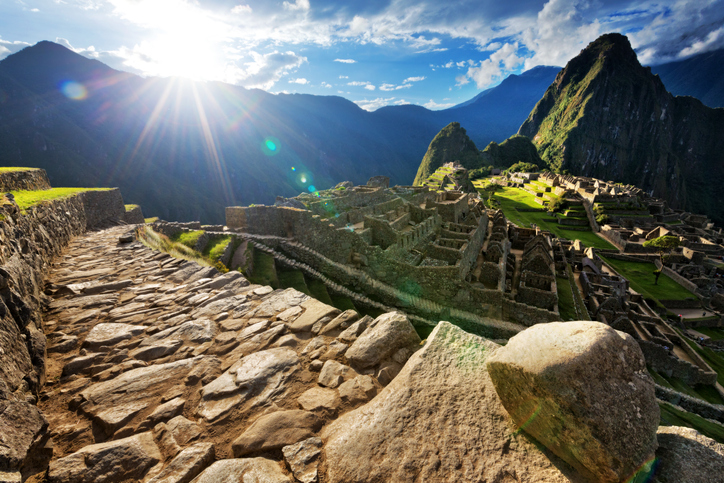
18. Some People Can Visit Without a Guide
It’s actually possible to visit Machu Picchu independently, without the assistance of a guide. But to do so, travelers will need to re-enter on the same day that they initially visited. Just note that there’s no re-entry permitted. So, they’ll still need to buy a second ticket, but the rules allow them to explore without the watchful eye (or assistance) of a certified guide.
17. So Many Steps
Not only is Machu Picchu located nearly 8,000 feet above sea level, there are also an endless amount of stairs that visitors must master. Specifically, there are over 100 flights of stairs sprinkled across the archeological site. But specifically, if someone attempted to climb them all, experts estimate that they would need to climb 2,000 steps.
16. The Name and Meaning of Machu Picchu
The name Machu Picchu translates to ‘old mountain’ or ‘old peak’ in the Quechua language. Quechua was the language of the Inca Empire and is still spoken by about eight million people. It is also currently the most spoken indigenous language in the Americas.
15. The City in the Clouds
The city is located in a cloud forest in the mountains. Machu Picchu is located between the Andes mountains and the Amazon rainforest, so the weather is unique and produces a very lush and misty climate even though nearby areas are dry and plain.
14. How Elevation Helped Preserve the Archaeological Site
The city is an incredibly important archaeological site that has been protected by its mountainous elevation. Machu Picchu was somewhat secluded due to its location and, as a result, evaded attention from traveling conquerors. There were conquistador attacks that sporadically occurred during the time, which the city would have evaded because of the high elevation.
13. Machu Picchu was a Huge Empire
The Inca Empire was one of the largest empires in pre-Columbian America and lasted from 1483 to 1533. In the 16th century it reigned as one of the largest empires in the world and remains the largest native state in the western hemisphere.
12. Transportation to the Ruins
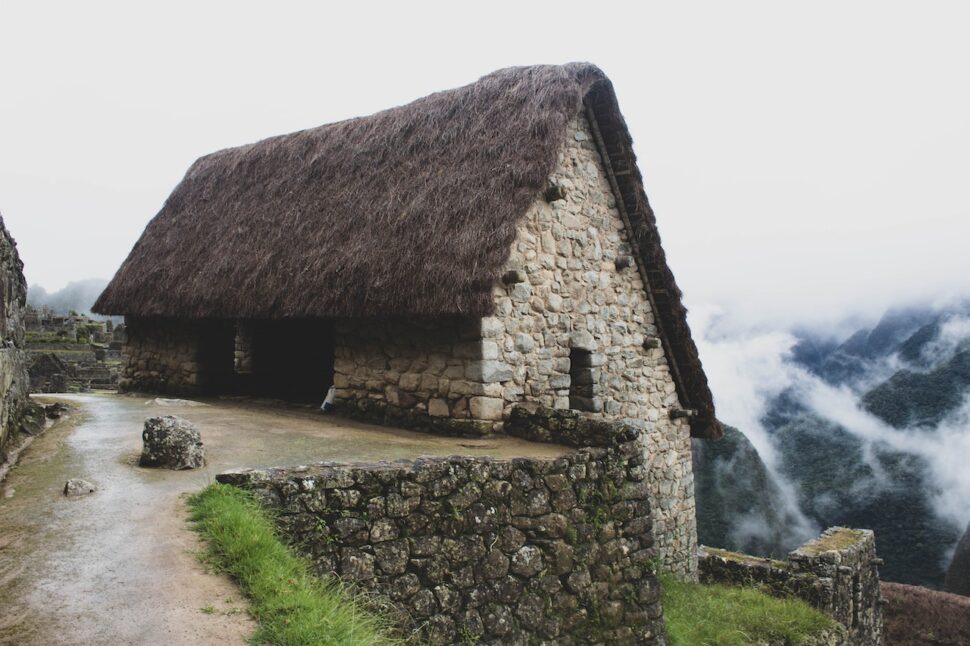
There are only two ways to get to the mountainous ruins. Since the ruins are in a remote location, travelers either have to take a train from Cusco, which drops people off at the base of the mountain then take the bus, walk or hike the Inca trail. The 26 mile trail to Machu Picchu is lined with camp sites for visitors (government subsidized areas of land owned by local families) and local venders, so the trail can be leisurely hiked.
11. Machu Picchu is Internationally Protected
In 2007, Machu Picchu was declared one of the new Seven Wonders of the World. The selection process includes more than 100 million people from around the world voting online. On top of this recognition that was announced by the New Open World Corporation (NOWC), Machu Picchu has been a United Nations Educational, Scientific and Cultural Organization (UNESCO) world heritage site since 1983. This means in the event of a natural disaster, war, pollution or funds deficiency that leads to a site’s deterioration, nations that signed the treaty are committed to assisting with emergency aid.
10. Machu Picchu is the Lost City that was Never Lost
Although Machu Picchu is commonly referred to as the “Lost City of the Incas,” it had people living in the area, so it was well known. It is also technically a citadel located on a mountain ridge, so its coined name is inaccurate.
9. The Construction of the Ruins is Seemingly Otherworldly
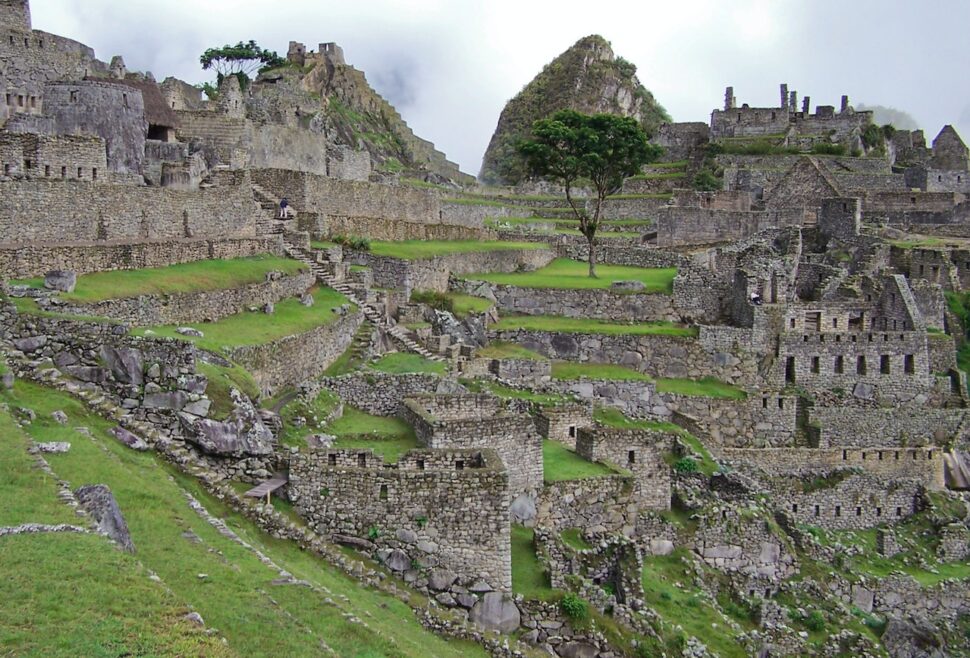
The Incas did not use any mortar to construct Machu Picchu. It was completed with the ashlar technique, which is the process of cutting stones with extreme precision so that they stack on one another with no room in between them. The ashlar technique and the carefully shaped doors, windows and walls of Machu Picchu buildings make it practically earthquake proof. Peru has high seismic activity so this was an impressive architectural technique for the time. Because of this innovation, many people think that extraterrestrial beings played a hand in its construction.
8. The Complex Architecture of the Ancient Ruins
Machu Picchu is made up of more than 150 buildings. The site, which was built around A.D. 1450, could maintain about 500 to 750 people. This was a relatively small build for the Incas. Two architecturally significant features of the ruins are the rectangular ground plots made for houses (which are an early representation of modern building techniques) and the drainage system, which still works today and carries heavy rainwater through little channels underneath the buildings.
7. Helicopters are Prohibited Near Machu Picchu
To protect wildlife, endangered species and to preserve the ruins, there is a no fly zone above Machu Picchu. As another conservation effort, there is a limit on the number of visitors per day (which is capped at 2,500) and a one-way walking system through the hiking trail.
6. Scholars Do not Know What Machu Picchu’s Purpose Was
Historians still debate what the purpose of the citadel was because Incas did not have written language and therefore it was not recorded. There are many theories regarding the use of Machu Picchu to this day. Some common theories include that it was a royal estate for an emperor, religious site (due to its high elevation) or served a multitude of purposes.
5. The 100 Year Dispute Between Yale University and The Peruvian Government
Yale professor Hiram Bingham made the western rediscovery of the ruins in 1911 with the help of local farmers. As a result of this discovery, there was a 100 year dispute about artifacts taken from Peru by professor Hiram and his excavation team. The artifacts were the cultural property of Peru and included objects like human remains, ceramics and jewelry. Finally, in 2012, after settling the contractual dispute, Yale returned the artifacts to the Peruvian government.
4. There are No Information Posts on the Machu Picchu Hike
As an attempt not to clutter the site, there is virtually no information about Machu Picchu at the actual site. To get to the Museo de Sitio Manuel Chávez Ballón, which provides historical context about the ruins, visitors must take a 30 minute walk down a dirt road near the base of the mountain.
3. The Incas’ Disappearing Act
The Incas mysteriously abandoned Machu Picchu around 1572, even though it would have been nearly inaccessible for conquerors due to its location. Although Spanish conquistadors eventually ended the Inca Empire, the site was abandoned before that time, so the people’s disappearance remains unclear to scholars.
2. The Foreign Grazers Of Machu Picchu
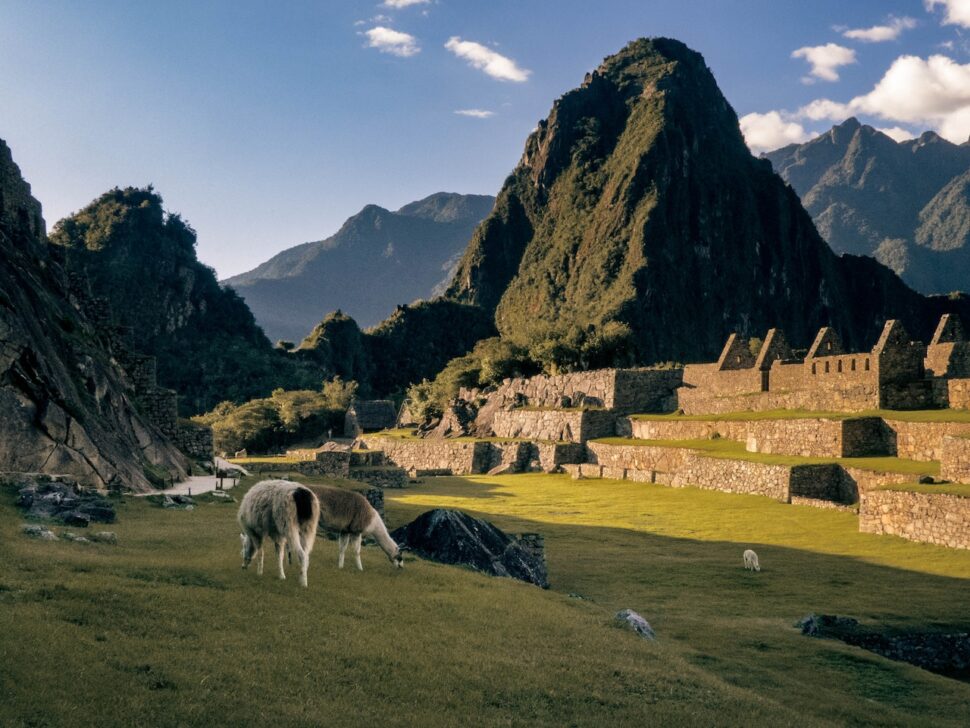
Llamas are large mammals (weighing anywhere from 290 to 440 pounds at full adult size) related to camels. They are often pictured photo bombing visitors in front of Machu Picchu. The Incas valued them for their wool and nutrient rich poop that was used as crop fertilizer. But, surprisingly, llamas aren’t native to this area in Peru, they were actually brought in specifically for tourism. The preferred habitat of llamas (and alpacas) is evident in their preferences for altitude. Generally, they prefer altitudes of 13,000 feet and above and Machu Picchu’s altitude is just under 8,000 feet.
1. Leonardo Da Vinci Could Have Visited Machu Picchu
Although the height of the Incan Empire may seem like an extremely old time period, it was actually not that long ago. Leonardo Da Vinci painted the Mona Lisa during the height of the Incan Empire, around 1503-1506, and Machu Picchu was built around 1450. This may surprise some, since not many historical reference points are provided when discussing the significant advancements of the Inca people.




